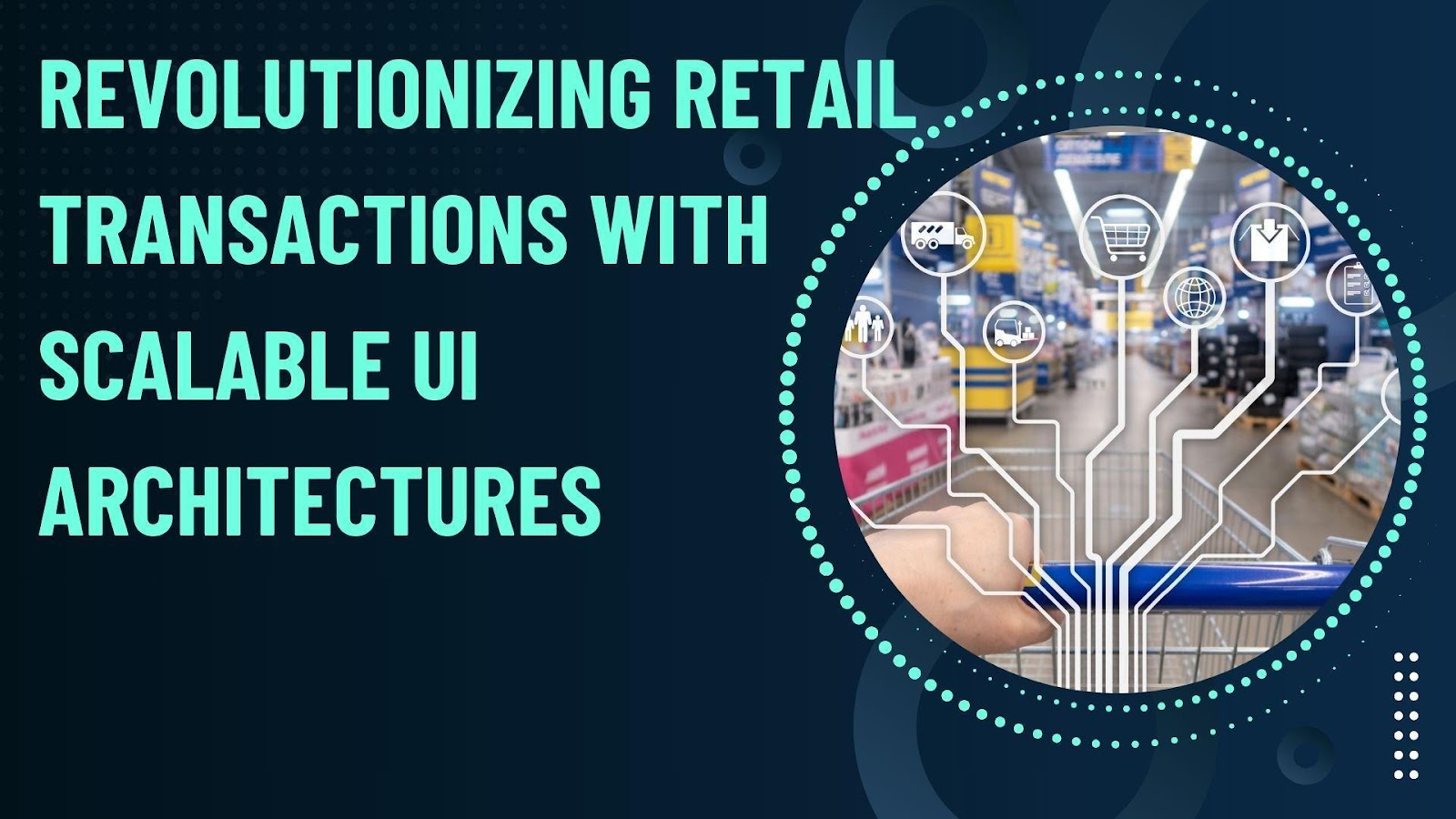In the ever-evolving world of retail, staying ahead of the technological curve is crucial for maintaining customer satisfaction and business efficiency. Harish Musunuri’s article on the transformation of retail transaction systems delves into the innovative changes that are reshaping the way businesses engage with customers. The transition from traditional legacy systems to cloud-native, microservice-based architectures is not just a technical upgrade—it’s a strategic move that addresses longstanding challenges in scalability, customer experience, and operational agility.
Moving Beyond Monolithic Systems
Traditional retail systems, dominated by monolithic architectures, have long been the backbone of transaction processing in retail environments. However, as consumer expectations evolve, these systems are struggling to keep pace. They are slow, cumbersome, and often create a fragmented customer experience across different retail touchpoints. Modern transaction systems, built on scalable UI architectures, decouple the frontend from the backend, offering more flexibility and improved performance. This transformation allows retailers to rapidly scale their operations and adapt to the ever-changing demands of the marketplace.
The switch to cloud-native platforms and microservices allows retailers to deploy independent modules that can be updated without affecting the entire system. This modular approach has drastically reduced the time needed for system updates and troubleshooting, creating more agile operations that can swiftly respond to market changes. For example, the ability to implement new payment methods has become easier and faster, aligning with the needs of tech-savvy consumers.
Scalability and Flexibility at Its Core
A significant advantage of adopting modern UI architectures is the scalability they offer. Traditional retail systems, often limited by vertical scaling, require hefty investments in hardware to handle peak demand periods such as flash sales or holiday shopping seasons. Cloud-native systems, on the other hand, utilize horizontal scaling, adjusting to transaction volume increases without compromising performance. This kind of flexibility enables retailers to handle large spikes in traffic, ensuring that performance remains stable even during the most high-demand periods.By decoupling transaction processing into microservices, these systems allow retailers to focus on individual components like payment handling, inventory management, or promotions without the need for a complete system overhaul.
A Seamless, Cross-Platform Experience
Today’s shoppers move seamlessly between various platforms—from mobile apps to in-store systems to e-commerce websites. Providing a consistent, unified experience across these touchpoints is essential to retaining customer loyalty. Modern UI architectures are designed with this in mind, ensuring that customer interactions are smooth and uniform across devices.Research shows that when retail systems ensure consistent experiences across multiple channels, purchase frequency and average transaction values increase.
The Power of Event-Driven Communication
One of the most groundbreaking features of modern retail architectures is the implementation of event-driven communication. Unlike traditional systems that rely on direct service-to-service communication, event-driven models allow for asynchronous messaging between services. This reduces latency and increases system resilience, especially during times of high transaction volume. For instance, inventory levels can be updated across all sales channels in real time, preventing customers from encountering frustrating stock discrepancies between online and in-store systems.
Optimizing Costs and Boosting Innovation
The transition to scalable, cloud-native architectures does not just benefit customer experience—it also drives significant cost savings. Retailers have reported up to a 36% reduction in the total cost of ownership over five years by moving away from legacy systems. Moreover, these savings are reinvested into innovation, helping retailers keep up with the fast pace of technological advancements.
For example, the reduced infrastructure costs allow companies to experiment with new technologies, such as artificial intelligence or automated checkout systems, at a much faster rate. This ability to innovate quickly is a crucial competitive advantage in a marketplace that is continuously evolving.
In conclusion,as the retail sector continues to embrace cloud-native, microservices-based architectures, the landscape of transaction processing is becoming more flexible, resilient, and efficient. These innovations are not just about improving operational processes—they are about enhancing the entire customer experience. Retailers who adopt these modern systems are better equipped to meet the ever-changing demands of the market, driving both customer satisfaction and business growth. Harish Musunuri’s insights into these transformative changes offer a roadmap for businesses aiming to future-proof their operations in a digital-first world.





























